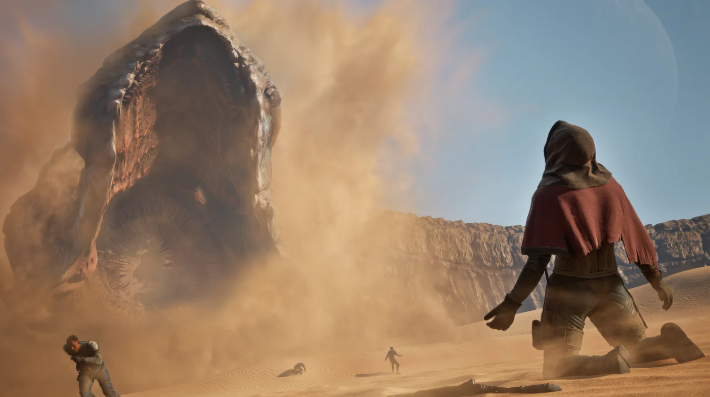Movement in Dune: Awakening is not just about getting from point A to B—it’s a calculated strategy involving terrain, enemies, and limited Dune Awakening Solari resources. Navigating the open world efficiently is key to progress.
The game features a mix of on-foot traversal, mount-based travel, and vehicle usage. Each has its pros and cons. On foot provides stealth and tight control, while vehicles offer speed but attract attention from enemies and sandworms.
Fuel and maintenance are crucial for mechanical travel. Always stock up on fuel cells or repair kits before heading out. Running out in the middle of a spice field could leave you stranded or worse.
Ornithopters are the fastest mode of transportation but require specialized training and fuel. These are best for long-distance travel or quick extractions, especially from PvP-heavy regions.
Desert mobility is heavily affected by the shifting sand system. Some areas become inaccessible without proper gear or vehicles. Keeping an eye on weather patterns can open or close certain routes temporarily.
Weight management also plays a role. Carrying too much slows you down, drains stamina, and makes you an easier target. Prioritize speed-enhancing equipment and drop non-essentials when moving under pressure.
Combine travel planning with tactical awareness. Know when to run, when to hide, and when to fight. Every movement decision in Arrakis can be life or death.
Mastering travel systems allows players to dominate the map, respond to events quickly, buy Dune Awakening Items and control vital resources across the sand-covered landscape.
